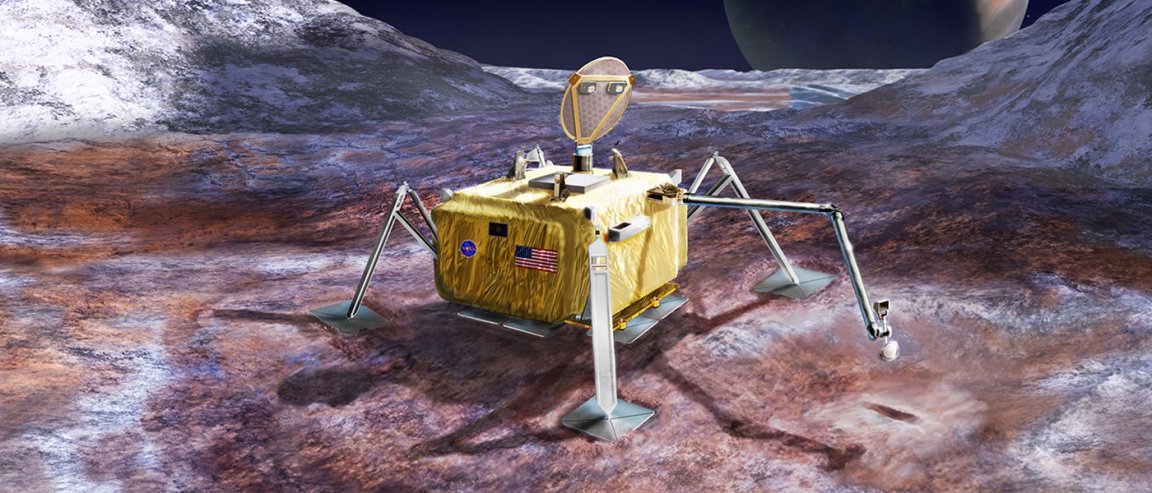
Life on an Icy Moon
Scientists believe that there is a possibility of life existing on Europa, one of Jupiter’s four

Galilean moons. Recently, NASA has kickstarted plans to send a lander to the icy exoplanet in search of extraterrestrial life within its crust.
A 264-page report published by the space administration details their plans for the lander to drill approximately 4 inches (10 centimeters) into Europa’s crust and use its specially designed onboard instruments to test the moon’s chemical composition and capacity to breed organic life.
Despite information from past fly-bys, there’s still not much that we know about Europa. But with this alien mission, NASA hopes to, at the very least, improve our quality of understanding about the moon. They will release the lander into space by 2024, arriving on Europa by 2031.
Jonathan Lunine, an astronomer with NASA’s Science Definition Team (SDT), is hopeful about the mission. He states:
I was skeptical that we could in fact design a payload with a reasonable technological maturity and relative simplicity. Thanks to the engineers, a very practical solution was found and the payload we put together is not overly ambitious. The bottom line is, I became much more of a believer that this is a mission that can be done in a time frame I’d be interested, in the next 20 years or so.
Why Europa Could Contain Life

The lander’s onboard instruments will specifically be testing for biosignatures, which are signs of present or past life hidden within elements found on the moon. It will also assess the potential for the moon to become habitable in the future, and whether or not future missions could be successfully conducted.
NASA’s hope is that if there are future missions to Europa, a lander would be able to drill down far enough to reach the moon’s immense subterranean ocean, which is around 11.8 miles (19 km) below the surface.
Although scientists aren’t completely sure if there is water on Europa, there is evidence that strongly points towards its existence. And where there is water, there usually is, was, or will be life.
But that’s not all that this mysterious moon touts. “Europa is provisionally a great place to go,” adds Lunine. “It has a very large amount of rocks, it’s got a lot of heat [at its core], so at the base of the oceans there are undoubtedly hydrothermal systems. Everything we know about it makes this a good [place] to look for life.”